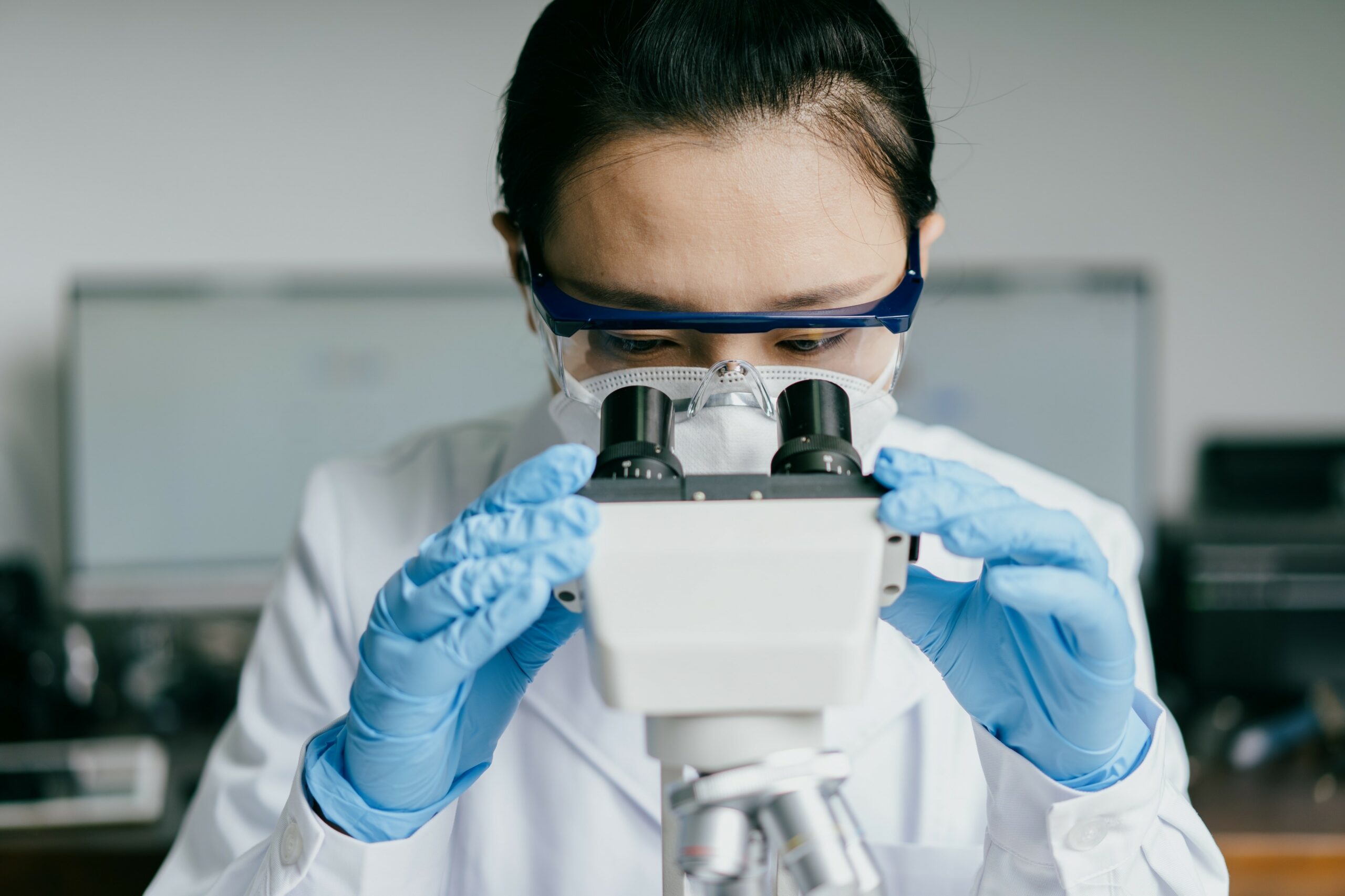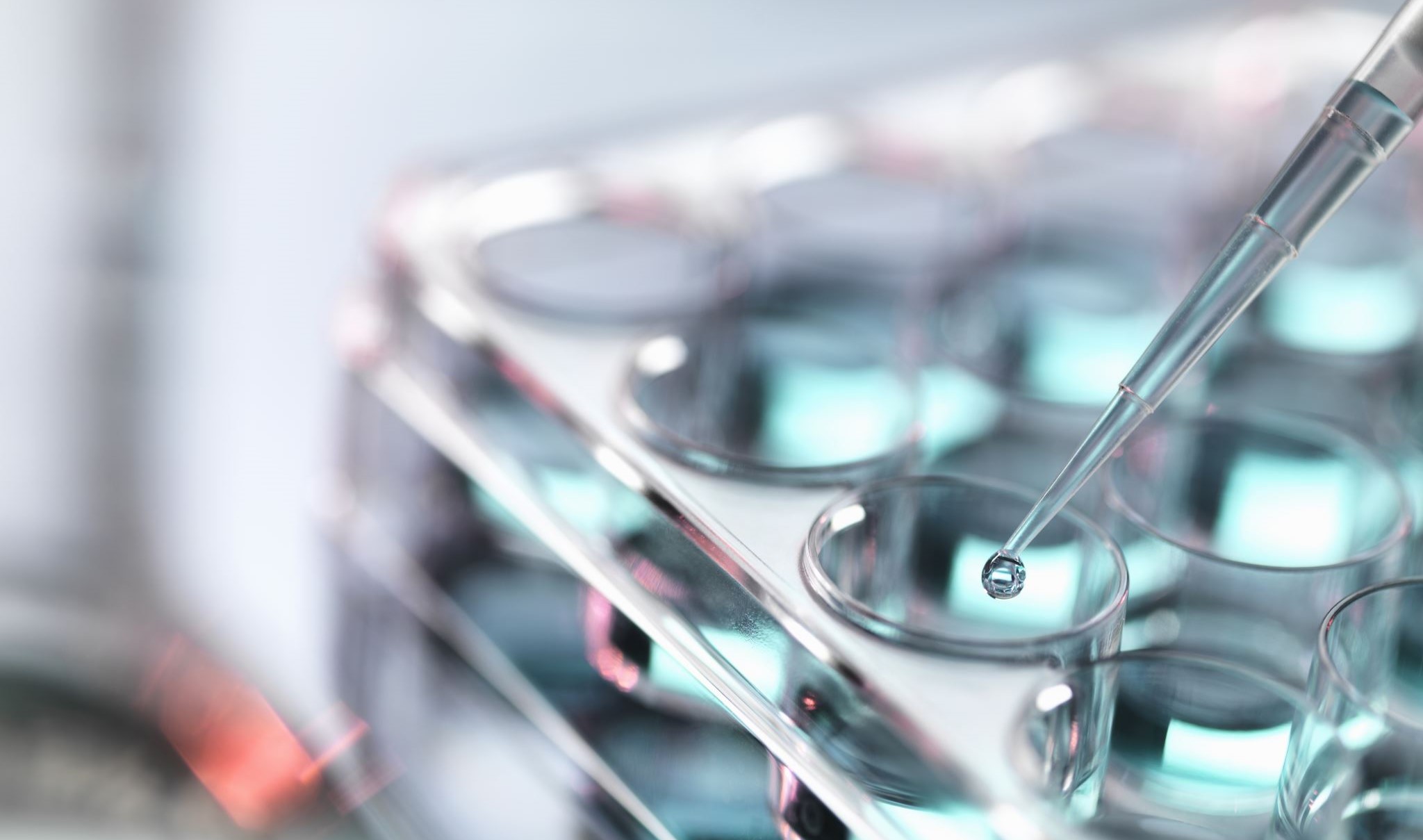
What is biocompatibility testing, and why should I conduct these tests on my medical device?
Biocompatibility testing refers to a set of standards (ISO-10993) that defines the potential biological risks of a device upon encountering the human body, specifically evaluating patient contact time points and toxicity. This could range from ‘local’ effects such as burns or irritation of the skin, to ‘systemic’ effects including malignant illnesses. The ISO 10993-1 was prepared in collaboration with the medical device directive (MDD), re-emphasizing the recognition of these standards to provide patient safety and accurate evaluation of biological safety. In short, biocompatibility testing is fundamental in deciphering if a medical device is safe to use and is the penultimate step in introducing a device into the market.
Do all medical devices need biocompatibility tests?
In simple terms – yes. Annex I and II of the Medical device regulation (MDR) alludes to the notion that all medical devices which encounter human tissue should be subject to biocompatibility testing, and findings should be recorded in a comprehensive technical document. The updated ISO-10993 guidance document from June 2016 further highlights how medical device developers should test devices regarding both: the existing risks of a medical device and identifying the approach for potential risks. Therefore, the ISO 10993 standards act as guiding tool to bridge the gap between the requirements of the MDR and the biological safety of a medical device.
However, under limited circumstances, your device may be exempt. This is dependent on a plethora of sufficient data to support the claim that your device has been thoroughly evaluated e.g., clinical, analytical, supplier, or from previous submissions, which is stressed in Annex II of the MDR.
In order to confidently submit your medical device to your regulator, medical device testing companies offer their expertise to choose which specific tests within the ISO 10993 standards are necessary for your medical device.

How does a medical device demonstrate the required Biocompatibility?
This process has been summarized into 3 helpful steps below:
- Build a plan.
- This plan should consider the biological risk profile of the medical device; it’s application, duration of patient contact times, gaps in known data and potential toxicological threats.
- These types of plans are termed ‘Biological evaluation plan (BEP)’ and can act as a starting point to address the risks and possible testing solutions.
- Conduct required tests.
- Consult with medical device testing experts to suggest the tests appropriate for your device, as highlighted in your BEP.
- These tests can include a broad selection of toxicological risk assessments, study designs to address potential risks, as well as identifying the presence of cytotoxicity within the chemical make-up of a device.
- Form a report.
- All the findings from the tests, and the evaluations performed on your device should be finalized in a report termed ‘Biological Evaluation report (BER)’
- This report, alongside your test results, will be submitted for a conformity assessment by notified bodies to approve the medical device, as stated in Annex VII of the MDR.
What is Cytotoxicity testing?
Cytotoxicity testing (ISO 10993-5) is a crucial test for determining the effects of any medical device that encounters human tissue. This in-vitro test involves the extraction of potential toxins from the medical device through cell culturing techniques, which is validated by the ISO 10993-12 standard. The device extracts are then exposed to mammalian cells of mice origin (L929 or BALB/3T3 cells), under a range of concentrations. Cytotoxic effects are then observed through a variety of qualitative (Colony formation) and quantitative (NRU, MTT and XTT) tests.
Explore how we can support your medical device journey to the market
Medical Device Biocompatibility Testing
We offer tests which evaluate cytotoxicity and biological risks within the chemical make-up of a medical device.
IEC 60601-1 Pre-Compliance Evaluation
We test your device, mitigating the cost of repeated compliance testing by evaluating potential non-compliances.
Disinfection products for medical devices
We test the efficacy of a wide range of disinfectants for medical devices, including disinfection technologies and robots.


